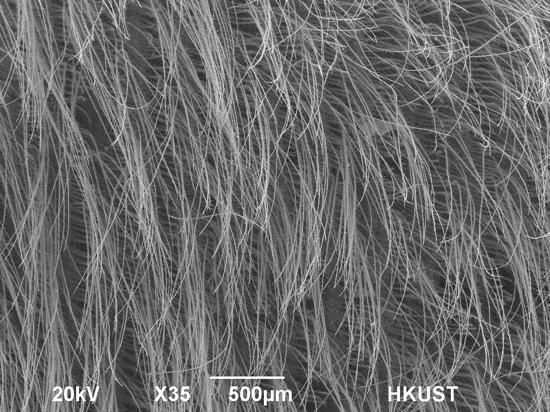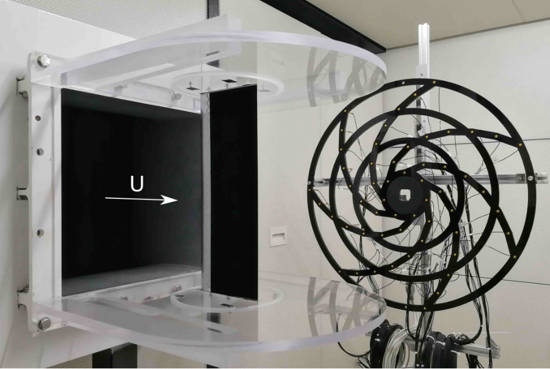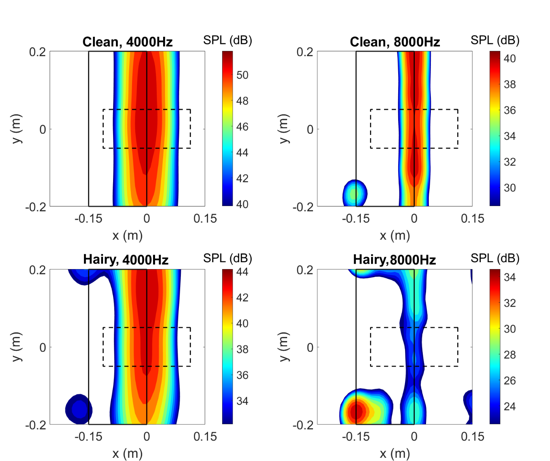Owl inspired material for trailing edge noise control
Peng Zhou and Gonam Lui
Last updated on April 6, 2022
The evolution in the past millions of years enables owls to reduce their flight noise efficiently, especially in the high-frequency range, where their preys are most sensitive. Owls’ feathers have three unique features: leading edge serrations, trailing edge fringes, as well as the hairy dorsal surface. In this research, artificial hairy structures are fabricated to resemble owls' downy feather. These structures are attached to a flat plate test model to study there effect on trailing edge noise.
The hairy coating can significantly reduce the high-frequency noise generated at the trailing edge. A theoretical model was developed to predict the noise radiation with the turbulence information obtained by the wake measurement using the hot-wire.



Reference
Peng Zhou, Siyang Zhong, Xin Zhang, On the effect of velvet structures on trailing edge noise: experimental investigation and theoretical analysis, Journal of Fluid Mechanics, vol. 919, A11, 2021